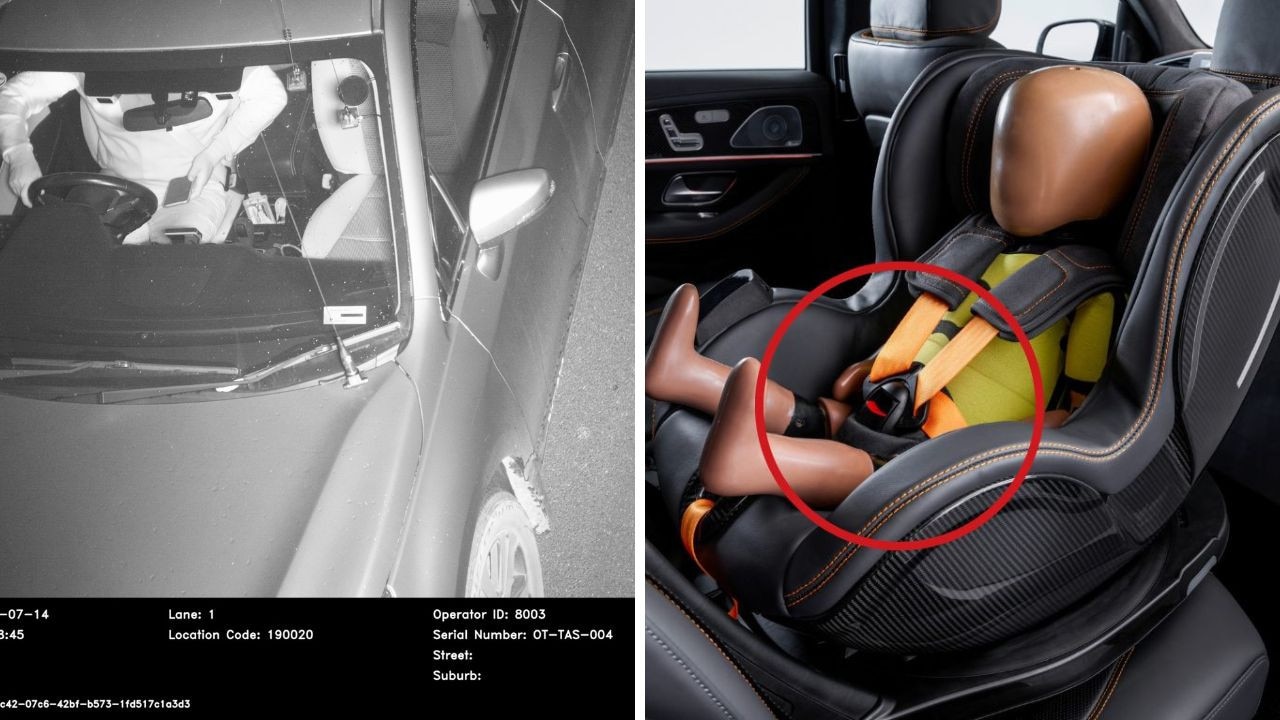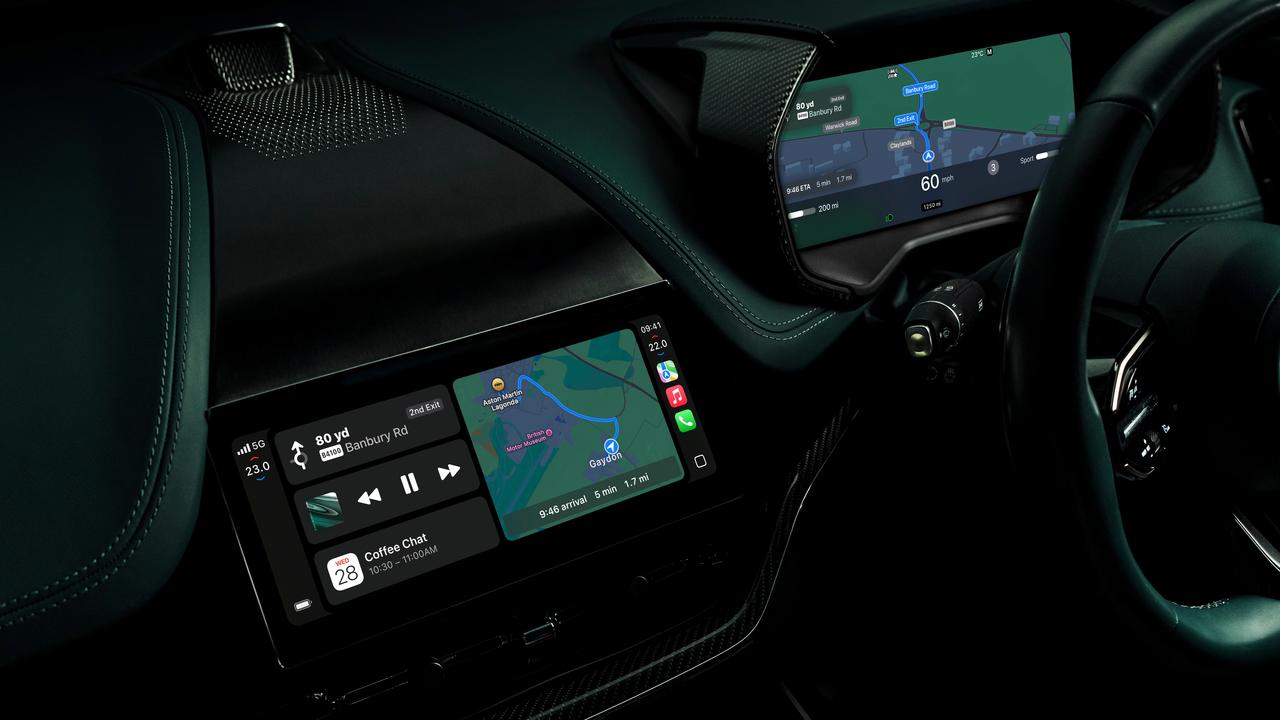Hyundai Ioniq 5 revealed: Arrives in Australia late 2021
Hyundai’s has spent billions of dollars on a new range of cars – and the first of its new tech-laden vehicles is on its way to Australia.
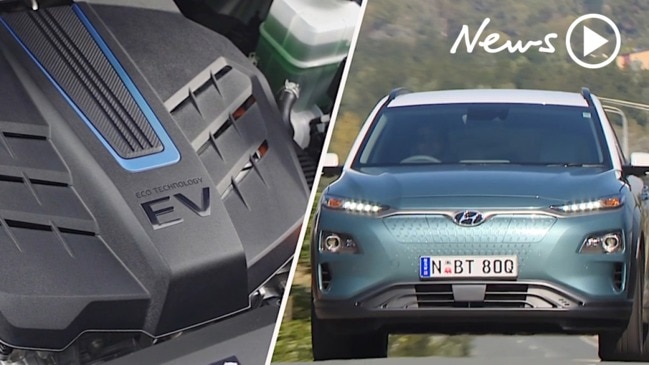
Hyundai plans to shake up the emerging EV market with its soon-to-arrive Ioniq 5, a new tech-laden SUV that has its crosshairs squarely locked on Tesla.
Previously an individual model, Ioniq is now Hyundai’s EV sub-brand that will spawn a family of vehicles built on a new architecture specific to electric vehicles. Sister brands Genesis and Kia will use the same platform.
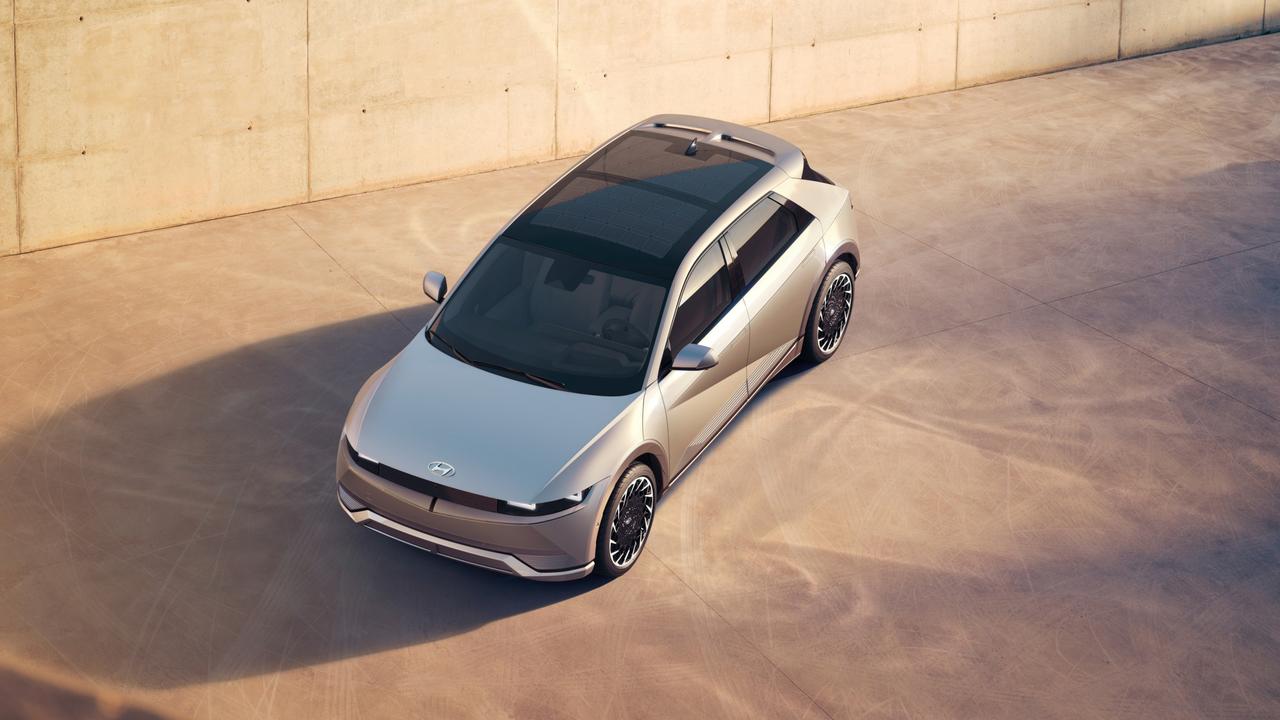
Describing it as a “new mobility experience for the next generation”, Hyundai design boss Sangyup Lee – who was once based at Holden in Australia where he worked on the Chevrolet Camaro muscle car – is adamant the $60K-plus electric SUV will “stay fundamentally Hyundai”.
Batteries line the flat floor while compact electric motors – one at the rear for two-wheel drive versions and another up front for all-wheel drive models – take up minimal space.
A small front trunk – or frunk – adds between 24 and 57 litres to the 531-litres of boot space.
It looks relatively compact – the stance is almost hatchback-like but its dimensions are similar to those of a Toyota RAV4 and Hyundai’s own Tucson.

The Ioniq 5 promises sprawling interior space due to its class-leading 3000mm wheelbase (the distance between the front and rear wheels).
Hyundai president Jaehoon Chang describes it as “exceptionally roomy”, with Hyundai saying the five seats have more passenger space than those in the Palisade large SUV.
A large panoramic glass roof can be optioned with a solar panel that can feed 210Wh of electricity into the battery each hour, enough for around 1300km of driving over a year – provided the car gets plenty of sunlight.
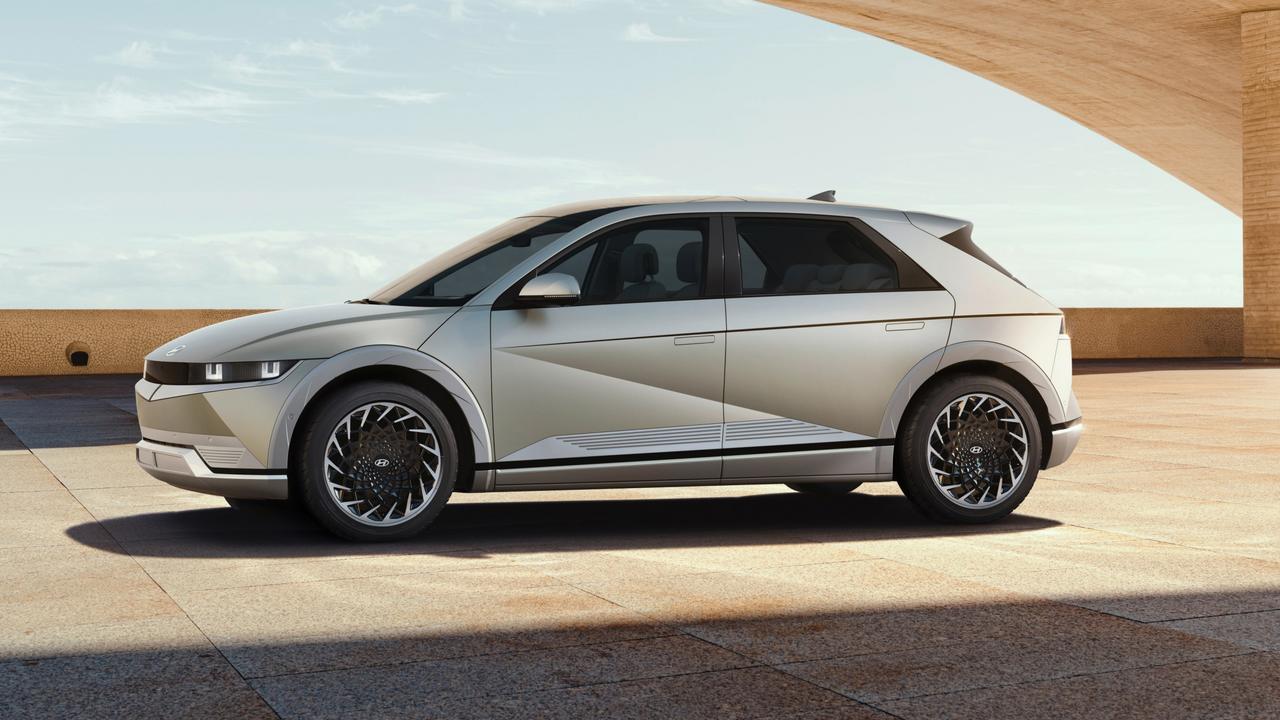
Modern styling sticks closely to that previewed on the Hyundai 45 concept of 2019, right down to the pixelated features in the grille and lights.
Inside, the cabin has been thoroughly revised, with an emphasis on environmentally-friendly materials including “eco-processed leather” and “bio-paint”, indicative of an environmental shift for the Korean car making giant.
“Sustainable society is not option any more, it’s something that we must deliver,” says Lee. “We are taking it very seriously.”
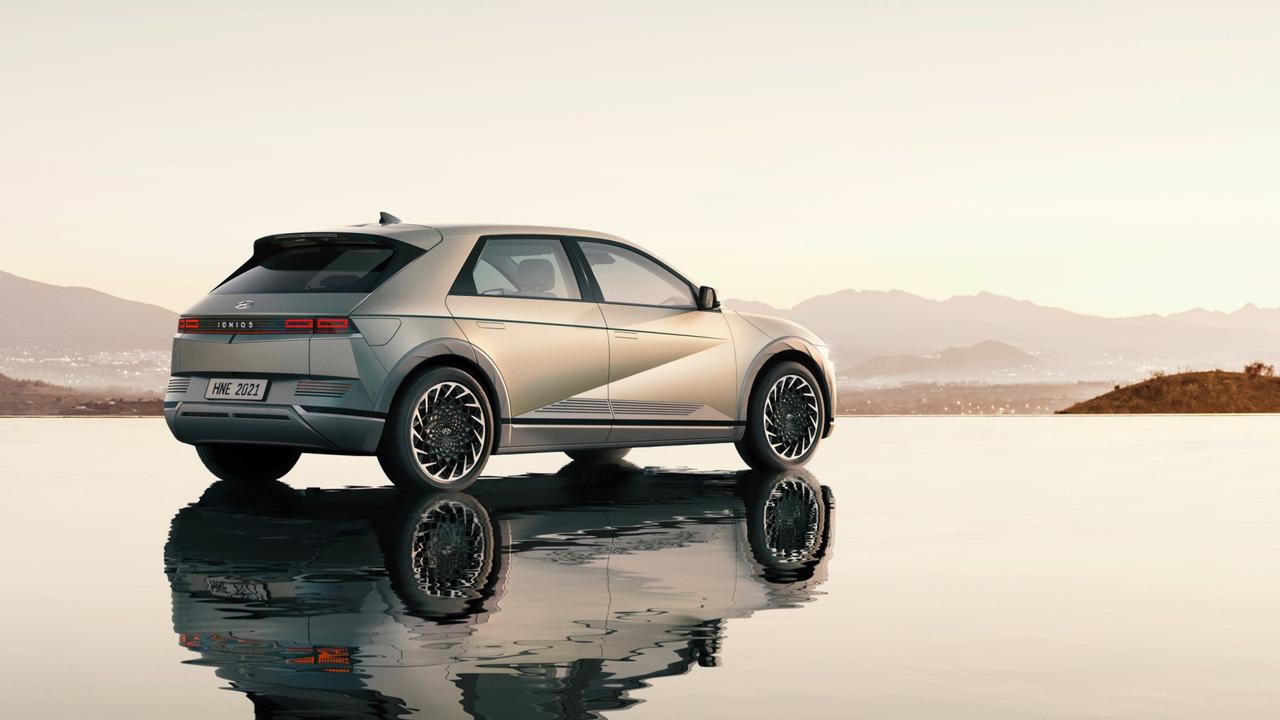
A Universal Island can slide back and forward 140mm, allowing those in the rear access to the wireless charging pad and creating a walk-through between the two front seats.
The driver-focused cabin includes a digital instrument cluster that can be tailored with images and notes virtually “pinned” to a customisable section alongside information such as the vehicle speed.
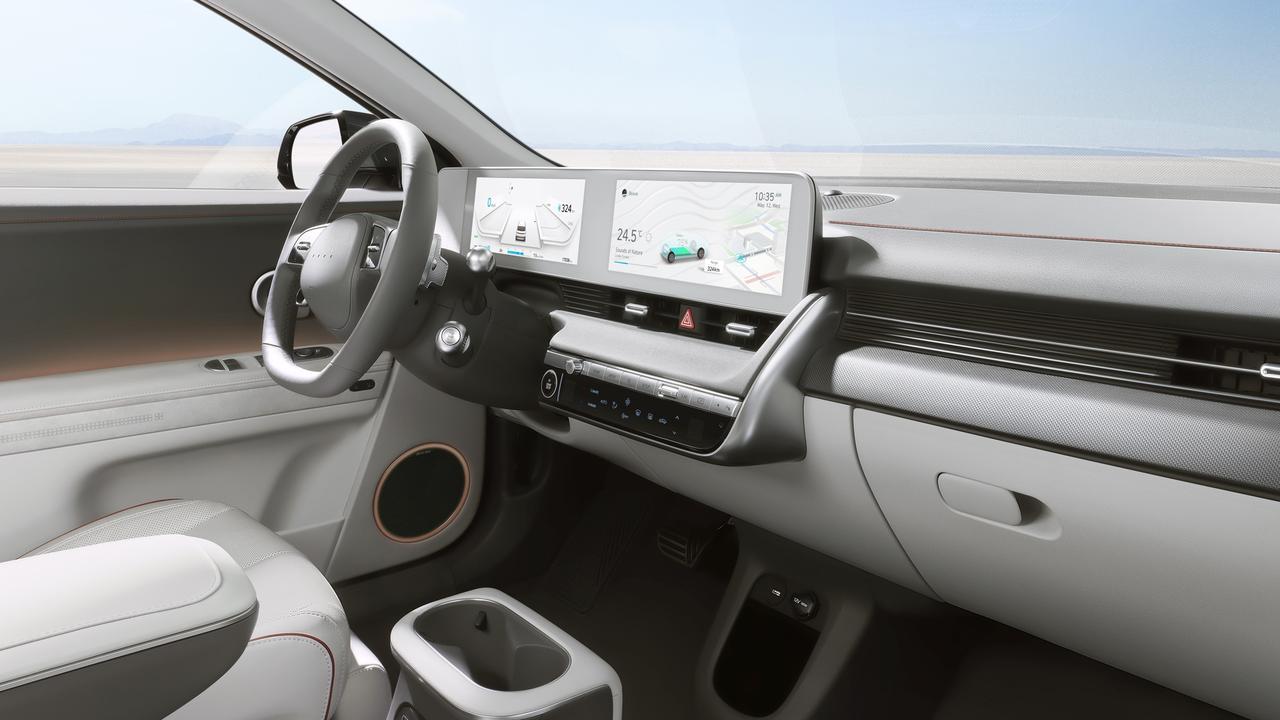
It’s part of a tech powerplay touching every corner of the futuristic Ioniq 5.
The windscreen can be turned into an augmented reality display that transposes images and warnings across the outside view the driver is looking at.
Bluelink smartphone connectivity allows the car’s status and charging to be monitored remotely as well as cloud management of driver preferences such as seat position and radio settings.
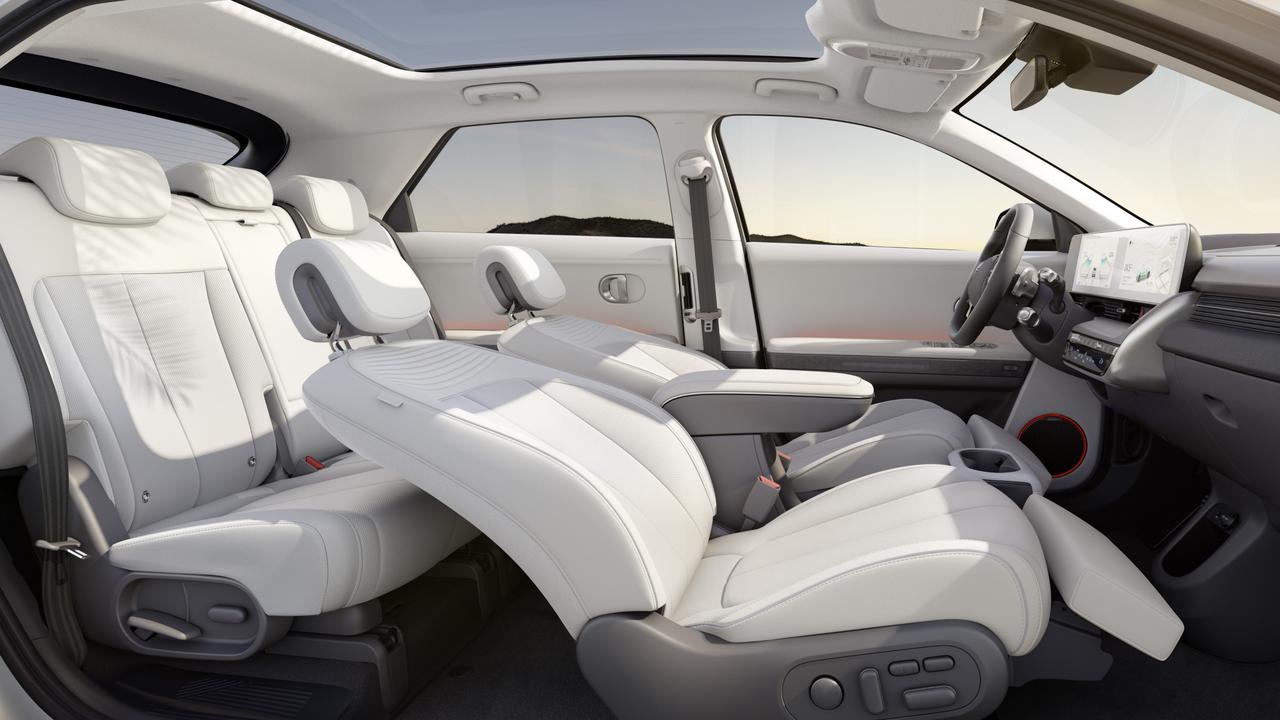
It’s also the first Hyundai to be offered with cameras instead of exterior mirrors.
Unfortunately Australians will initially miss out on some of those features – and the semi-autonomous freeway driving system – when the Ioniq 5 arrives in the third quarter of 2021.
With the ability to travel up to 480km between charges, the new mid-sized SUV can use its lithium-ion battery pack concealed in the flat floor to power a campsite, worksite or recharge an e-bike.
The Ioniq 5 will accept up to 350kW of electricity when charging, which is enough to add 100km of range in five minutes. A charge from 10 per cent battery capacity to 80 per cent is claimed to take 18 minutes when connected to those ultra-rapid chargers.
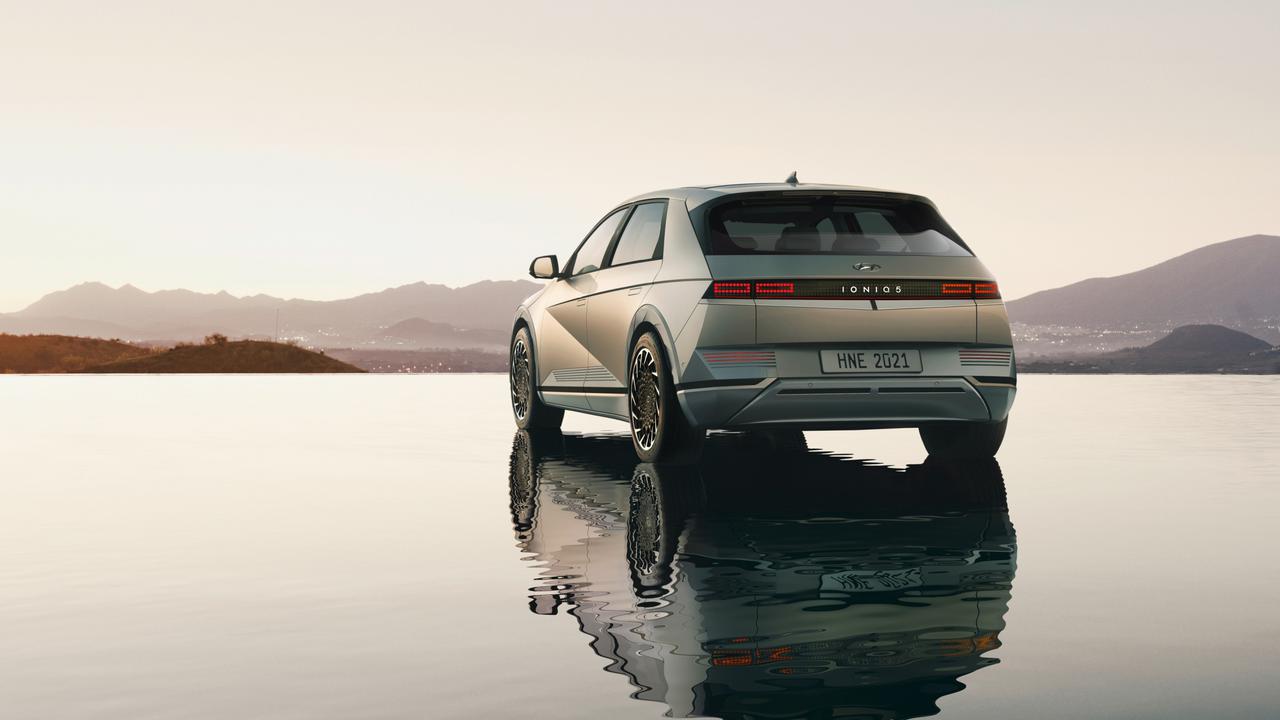
Key to its fast charging is an 800V electrical architecture – double that of most EVs – and the ability to transform a 400V connection into 800V.
There Ioniq 5 will initially be a family of four models, with two battery capacities each with the choice of rear- or all-wheel drive.
The dual motor version using the largest 72.6kWh battery pack makes 225kW and 605Nm and can accelerate to 100km/h in 5.2 seconds, similar to the last V8 Commodores.
The least powerful single motor model with the smaller 58kWh battery makes 125kW and 350Nm and takes 8.5 seconds for the same 0-100km/h sprint.
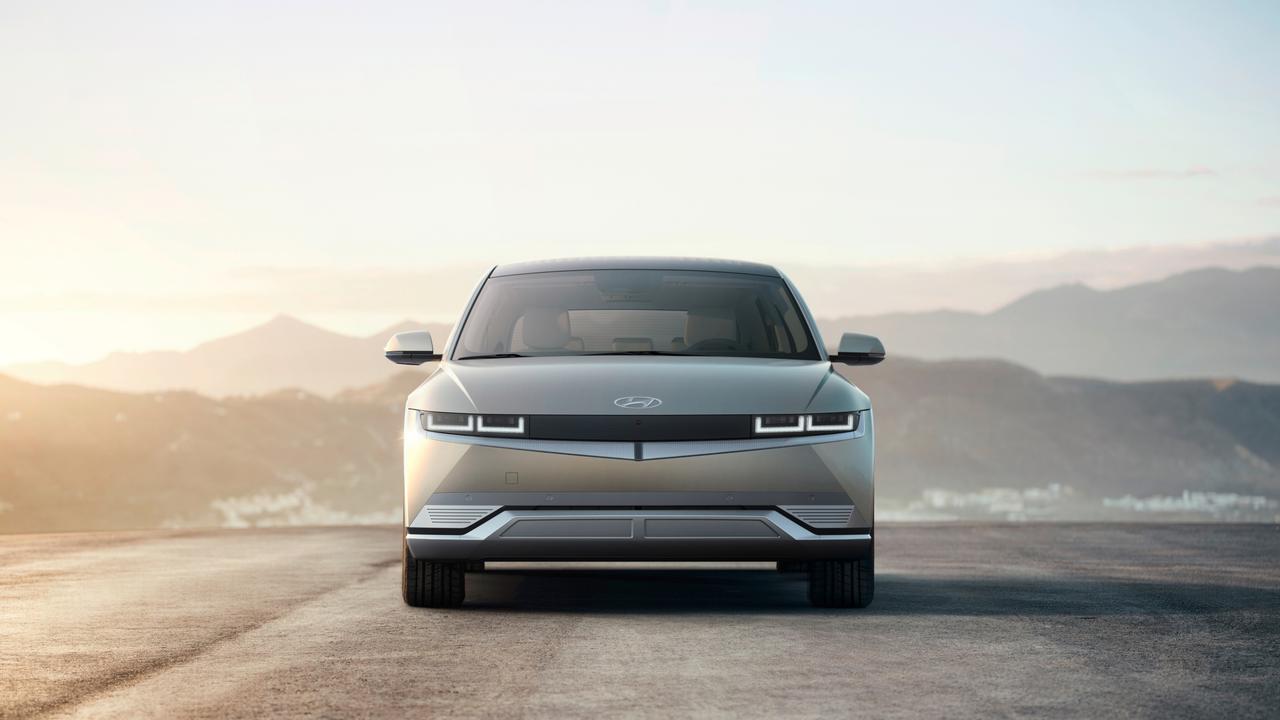
Pricing is yet to be determined but will be more than an equivalent petrol-powered car, possibly even approaching $70K. Hyundai is expected to focus on running costs and whole-of-life costs as a tempter for the EV newcomer.
At that price the Ioniq 5 would undercut Australia’s top selling electric car, the Tesla Model 3, which starts at about $72,000 drive-away.
President Chang says production of the Ioniq 5 will commence in March and that Hyundai plans to sell 70,000 for the remainder of 2021.
It’s an important piece of a longer-term EV play from Hyundai to sell at least 12 different EV models by 2025.


